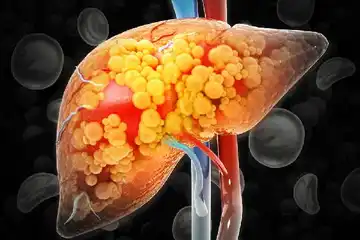What is keratitis ichthyosis deafness syndrome (KID)?
Keratitis-ichthyosis-deafness syndrome (KID) is an uncommon condition which results in skin problems, eye disorders, and loss of hearing. It is a disorder which occurs at birth (congenital). Mostly, the syndrome is seen in paediatric patients, especially infants. About 12% cases, mainly infants, may develop squamous cell carcinoma of the skin (a type of cancer). Globally, only about 100 cases of KID syndrome are reported.
What are its main signs and symptoms?
The characteristic symptoms of the condition include:
- Difficulty in hearing, usually severe
- Skin issues:
- Dry erythematous skin (abnormal redness of skin)
- Hardening of the skin
- Scale formation
- Eye issues:
- Inflammation of the cornea
- Unusual blood vessel formation around the cornea
- Sensitivity to light
- Fibrous tissue formation
- Partial hair loss
- Abnormal nails
What are its main causes?
The major genetic factor that is responsible for this condition is the gene named GJB2. This gene plays a pivotal role in the formation of a protein called connexin 26. When there is a defect in the GJB2 gene, it results in faulty transmission of ions that are essential for the normal growth and development of the cells; eventually, these cells die. If both the parents have an abnormal gene, then there is a 100% chance that the child will also get this condition. The risk involved in getting an offspring with KID syndrome is around 50%, with every pregnancy.
How is it diagnosed and treated?
Usually, the doctor will conduct a physical examination with symptom analysis, patient medical history, and laboratory tests. Doctors may also order genetic tests to detect any genetic mutations. These tests can provide them with information about the severity of the condition.
The treatment pattern involves care of the affected organs- the skin, the eyes, and the ears. Skin issues are usually treated with soothing agents that prevent dehydration of the skin. Eye problems may be treated by an ophthalmologist and appropriate medications may be given. Hearing aids or use of corticosteroids may be beneficial.
(Consult a doctor with online treatment app)
The prognosis of this condition seems to be variable, however, fatal results are uncommon.
















